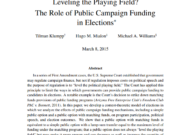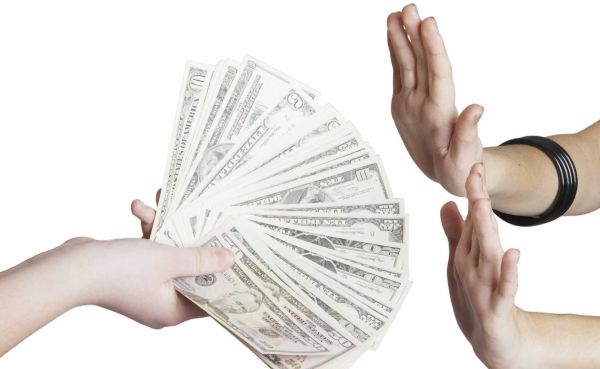Every now and then we come across a truly bizarre and insulting argument from those who wish to expand government control over the political process: that the rigors of campaign fundraising are somehow sexist and discourage women from seeking public office.
Back in March, for example, The Albany Times-Union reported on a staged all-female rally of political activists and state legislators at the New York State Capitol, at which demonstrators “argued for the gender impact of New York approving public financing of campaigns.”
We have debunked the myth that tax-financed campaign programs aid female candidates before, using data from the two oldest state tax-financing systems: Arizona and Maine.
Now that the National Conference of State Legislatures has released its post-election count of women legislators in 2015, we can add another data point to the discussion.
According to NCSL, Arizona will have a total of 32 women serving in its Legislature following the 2014 elections, accounting for 35.6% of its 90 legislative seats. This is exactly the same as the number of women Arizona elected to the final legislature with traditionally financed campaigns, 1999-2000, and fewer than the 34 women in the 1997-1998 legislature.
Maine tells a similar story. Fifty-four women are expected to be members of next year’s 186-member Legislature, or 29.0% of the body. That’s barely a change at all from the 28% of Maine legislators that were women in the last Legislature before tax-financing took effect in 2000. Legislatures elected under a system of tax-financed campaigns in Maine have had as little as 23.10% women (in 2004-2006), while traditionally financed campaigns brought Maine as much as 32.55% women in the Legislature back in the 1990-1992 session. Maine has never managed to equal or surpass that mark through a decade and a half of tax-financed campaigns, despite female representation in American politics generally increasing during that time.
We can even look at Connecticut’s much younger tax-financing program, which went into effect for the 2008 elections. Immediately prior, the Center for Women in American Politics reports that Connecticut had 53 women in the General Assembly. After hitting a peak of 60 female members in 2010, Connecticut fell all the way back down to 53 for the upcoming 2015 session.
No other state in the nation has a tax-financed campaign program comparable to those in Arizona, Connecticut, and Maine. It’s hard to imagine how anyone could look at the results of these programs and conclude that they help women gain public office. This tired and demeaning talking point needs to go away. Women interested in obtaining public office and serving their fellow citizens don’t need government handouts to achieve electoral success.














